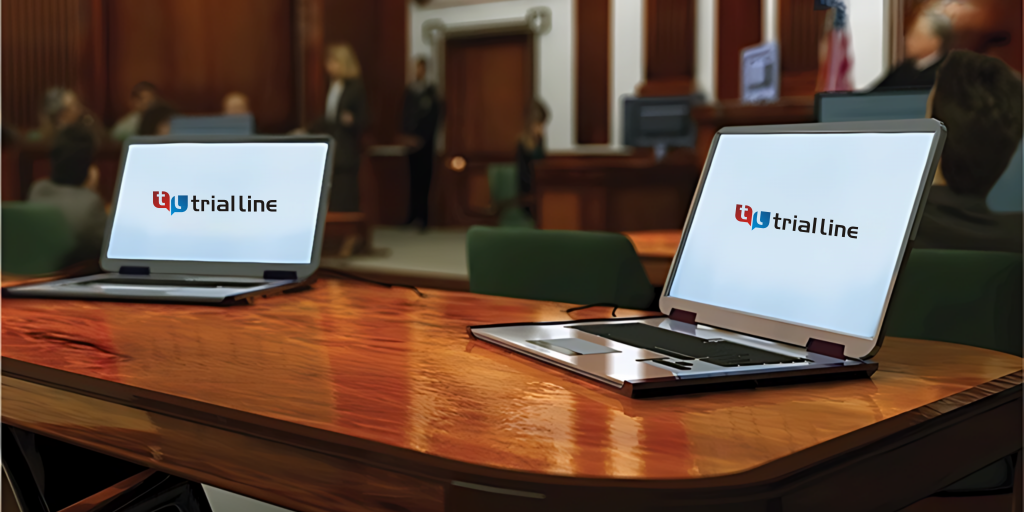The Power of Visuals in Trial Presentations for a Winning Argument
The assimilation of visuals in test discussions has become an essential factor in successfully communicating intricate debates to jurors. By using various kinds of visual help-- be it diagrams, pictures, or computer animations-- attorneys can enhance understanding and retention, inevitably forming the court's assumption of the situation. This strategy not just clarifies elaborate narratives however also develops an emotional resonance that can affect decision-making. As we check out the subtleties of this strategy, it ends up being necessary to take into consideration how specific kinds of visuals can make a substantial distinction in test outcomes. What useful approaches might lawyers use to maximize this possibility?
Relevance of Visuals in Trials
In lots of lawful setups, visuals play an essential duty in improving the effectiveness of test discussions. The combination of visual aspects can substantially influence jurors' understanding and retention of intricate information, thus forming their understandings and decisions. Visuals, such as charts, representations, and pictures, can simplify elaborate narratives, making them much more accessible and compelling.
Moreover, the human brain procedures aesthetic information more effectively than message, which highlights the relevance of including visuals right into lawful debates. By translating dense legal concepts right into aesthetic formats, lawyers can facilitate clearer interaction, ensuring that bottom lines are not neglected throughout tests.
Additionally, visuals offer to engage jurors on an emotional degree, promoting a connection to the case that words alone might stop working to accomplish. The calculated use visuals can evoke empathy, prompting jurors to think about the human facets of the case.
Eventually, the value of visuals in trials exists in their capability to improve clearness, boost juror interaction, and reinforce the narrative being provided. This potent combination is crucial for crafting convincing arguments that reverberate with jurors and influence the outcome of legal procedures.
Kinds Of Visuals to Utilize
Efficient test discussions can significantly gain from a range of visual devices that satisfy various facets of the case. trial presentations. Making use of representations and charts can successfully damage down complicated info, making it extra absorbable for jurors. For instance, flowcharts can show the sequence of events, while bar chart may succinctly contrast appropriate data factors.

Animations and simulations can likewise play a crucial function, particularly in cases entailing technological data or detailed circumstances. These visuals can dynamically stand for processes or activities, offering clarity and engagement that fixed images may not achieve.
Moreover, infographics combine text and visuals to summarize necessary info efficiently. They can offer timelines, statistics, and considerable case points in a visually attractive manner, making it easier for jurors to follow the argument.
Enhancing Comprehension and Retention

Enhancing understanding and retention throughout trial presentations is crucial for making certain that jurors realize the vital elements of a situation. Visual help offer as effective tools in this respect, converting intricate information right into conveniently absorbable layouts. By making use of graphes, diagrams, and infographics, attorneys can simplify complex information and highlight bottom lines that might or else be neglected.
Studies have actually shown that individuals keep details dramatically much better when it exists visually. This is particularly pertinent in a trial setup, where jurors may be bewildered by the quantity of evidence and statement. By strategically integrating visuals, attorneys can route jurors' focus to the most essential facets of the situation, enhancing their understanding and memory of the material presented.

Producing Involving Discussions
Exciting jurors' focus throughout test presentations is vital for communicating a compelling narrative. Engaging discussions utilize aesthetic components to develop a memorable experience that resonates with jurors. The critical use graphics, computer animations, and video clips can elucidate intricate information, making it more easily accessible and relatable.

Furthermore, integrating storytelling techniques can boost engagement. Presenting evidence in a logical series that develops psychological allure allows jurors to link with the material on a personal level. Diverse discussion layouts, such as incorporating short video clip clips or interactive aspects, can additionally endure passion and interest throughout the test.
Ultimately, an engaging presentation promotes a more profound understanding of the instance, making it possible for jurors to much better appreciate the disagreements being offered and bring about an extra desirable result.
Study and Success Stories
Various instance research studies highlight the significant impact of visuals in test discussions, showing their ability to affect juror perceptions and ultimately the end results of instances. A remarkable case including a personal injury claim illustrated how the usage of a 3D computer animation of the accident scene cleared up complicated information. Jurors reported feeling more educated and compassionate, significantly guiding their choice in favor of the plaintiff.
In another instance, a company lawsuits case used infographics to existing economic information and timelines, making complex details available. The graph allowed jurors to realize the subtleties of the you can try these out instance much more effectively than spoken explanations alone. trial presentations. Consequently, the jury returned a decision that exceeded the client's assumptions
The engaging visuals not just right here aided in creating question but additionally resonated emotionally with jurors, leading to a pardon. These success stories emphasize the necessity of integrating visuals right into trial discussions, as they enhance understanding, retention, and inevitably, the convincing power of lawful debates.
Final Thought
Finally, the critical consolidation of visuals in test presentations significantly boosts jurors' comprehension and retention of intricate information. By using various kinds of visuals, attorneys can properly make clear bottom lines and foster psychological links with the target market. Engaging presentations, sustained by engaging case research studies, demonstrate the extensive influence that visuals can carry influential communication. Ultimately, the power of visuals serves as a crucial aspect in accomplishing beneficial test outcomes.